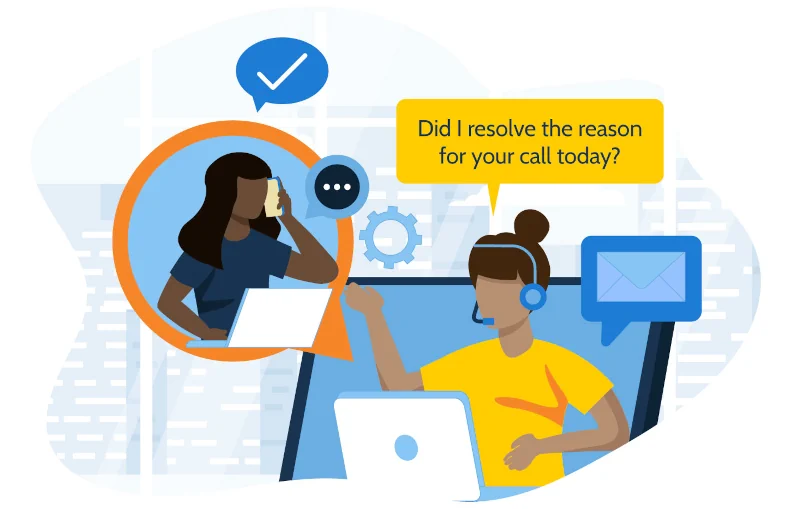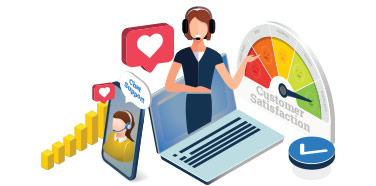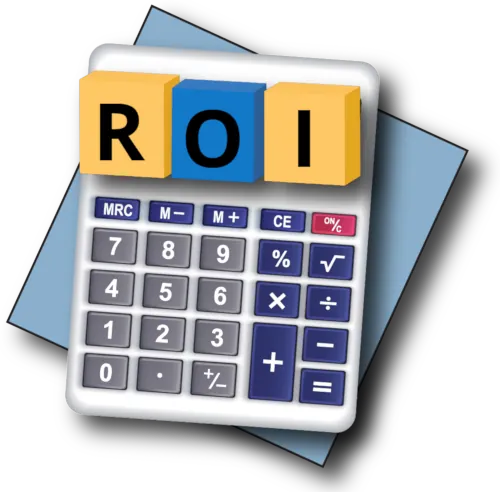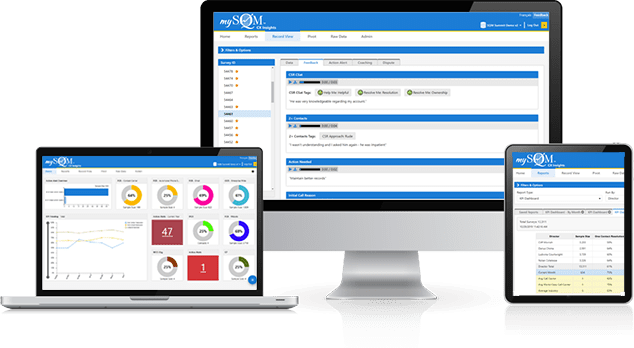The Business Case for SQM’s Auto QA Solution
Reduction in QA Cost
SQM’s call center Auto QA significantly reduces QA operating costs by automating call evaluations at scale and providing up to 100% call coverage. This allows QA teams to shift their focus to higher-impact coaching and analysis. Clients typically see over a 50% reduction in QA operating costs in the first year.

Increase in First Call Resolution
SQM’s Auto QA increases first call resolution by measuring FCR on every interaction and benchmarking performance against 500+ leading North American call centers. It creates accountability at the agent level, uses root cause analysis to uncover repeat call drivers, and guides agents to resolve issues accurately on the first contact. Most clients achieve a 10% or greater increase in FCR in the first year.

Increase in Customer Satisfaction
SQM’s Auto QA boosts CSAT by predicting satisfaction with up to 95% accuracy and benchmarking results against 500+ leading North American call centers to uncover powerful improvement opportunities. It automatically identifies service gaps on every call and guides agents to deliver consistently great customer experiences. Most clients see a 10% or greater increase in CSAT in the first year.

Higher Call QA Coverage
SQM’s Auto QA dramatically increases call coverage by automatically evaluating customer interactions, delivering a far more accurate and complete view of performance and financial risk. While most call centers manually evaluate fewer than 2% of calls, SQM’s Auto QA can evaluate up to 100% of customer interactions.

4.6




 Stars on G2 for mySQM™ Auto QA Tool Reviews
Stars on G2 for mySQM™ Auto QA Tool Reviews












my.SQM™ Auto QA ROI Calculator
Discover Your Savings in Minutes

Automate QA to Improve CSAT and Reduce Costs to Score
my.SQM™ automated QA tool can lead to an ROI of up to 600%, improve customer satisfaction scores, and reduce repeat calls by up to 10%.
Increased Efficiency: Call centers with effective QA practices achieve a 5-15% higher FCR rate, resulting in fewer callbacks and, on average, operational savings of $286,000 for every 1% improvement in FCR. With every 1% improvement in FCR, customer satisfaction rates improve 1%.

